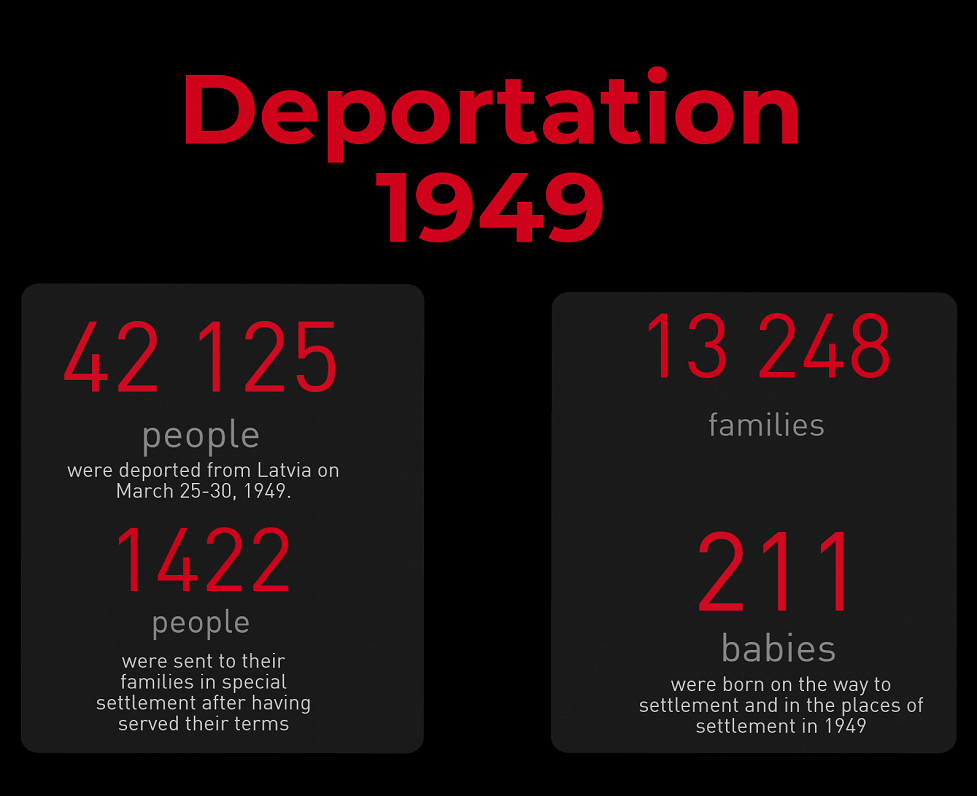Usually the annual commemorations feature a large flower-laying ceremony with an address from the president of Latvia. Considering the emergency measures put in place due to the Covid-19 novel coronavirus pandemic, this year President Egils Levits opted for a more low-key event, laying flowers as a private citizen and sharing a video address to the nation.
“These deportations are part of the historic memory of the Latvian people, and at the same time they also present a political and societal task for all of us to remember that today we live in a free, independent Latvia, where nothing threatens us, where we crreate our own country and lead it through difficult and very difficult situations, as the one we have, for example, currently,” said President Levits.
“Today we commemorate the politically repressed Latvians – both those we know personally, and those who are no longer among us, and we condemn this Communist genocide against the Latvian people,” said the President.
The deportation strategy sprang at least in part from the Soviet Union's inability to erase memories of the independent and prosperous Baltic states of the inter-war years. There was continued resistance from the national partisans, or “forest brothers”, and the deportations were supposedly targeted at supporters of continued resistance, farmers unimpressed by the Soviet system of collectivised farming and anyone suspected of being an intellectual or disloyal follower of Communism, but given the huge scale of deportations, it was not necessary to have done anything at all to become a deportee overnight.
Women and children under 16 constituted 73% of the deportees. Altogether 30,620 families and 94,799 people were deported from the three Baltic States. You can learn about the experience of five deported children and their parents through the compelling online exhibit “Be Yourself!”.

The Latvian association of the politically repressed persons (LPRA) represents those who survived the deportations, but had to endure further repression even after their return from Siberia. Due to the current pandemic restrictions, the organization's commemorative events have been cancelled said LRPA Board Chair Ivars Kaļķis.
“It's noteworthy that this year marks 80 years since the [first] occupation of our homeland on June 17, 1940. Of course there were arrests, imprisonment before, also during the first deportation in 1941, but this was one of the most massive, largest in terms of numbers,” said Kaļķis.
For further information about the Soviet deportations from the Baltic states, the Ministry of Foreign Affairs has this excellent summary produced by the Museum of the Occupation of Latvia.



























